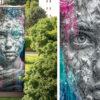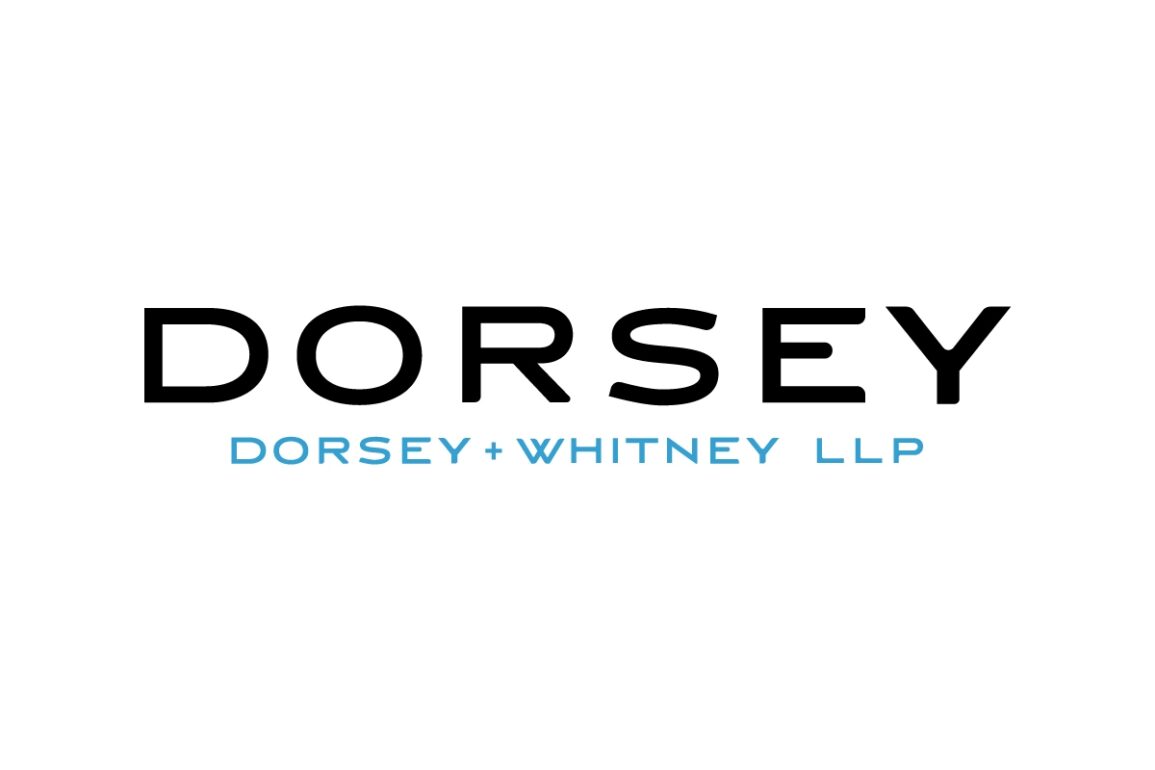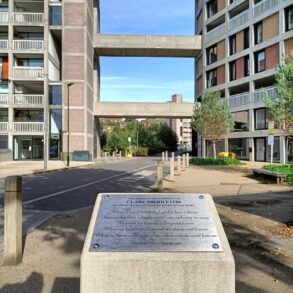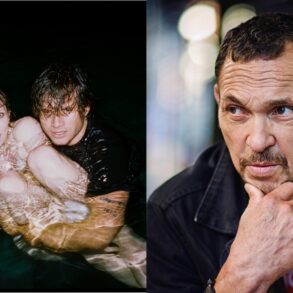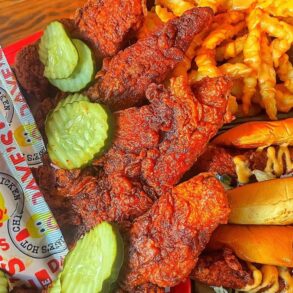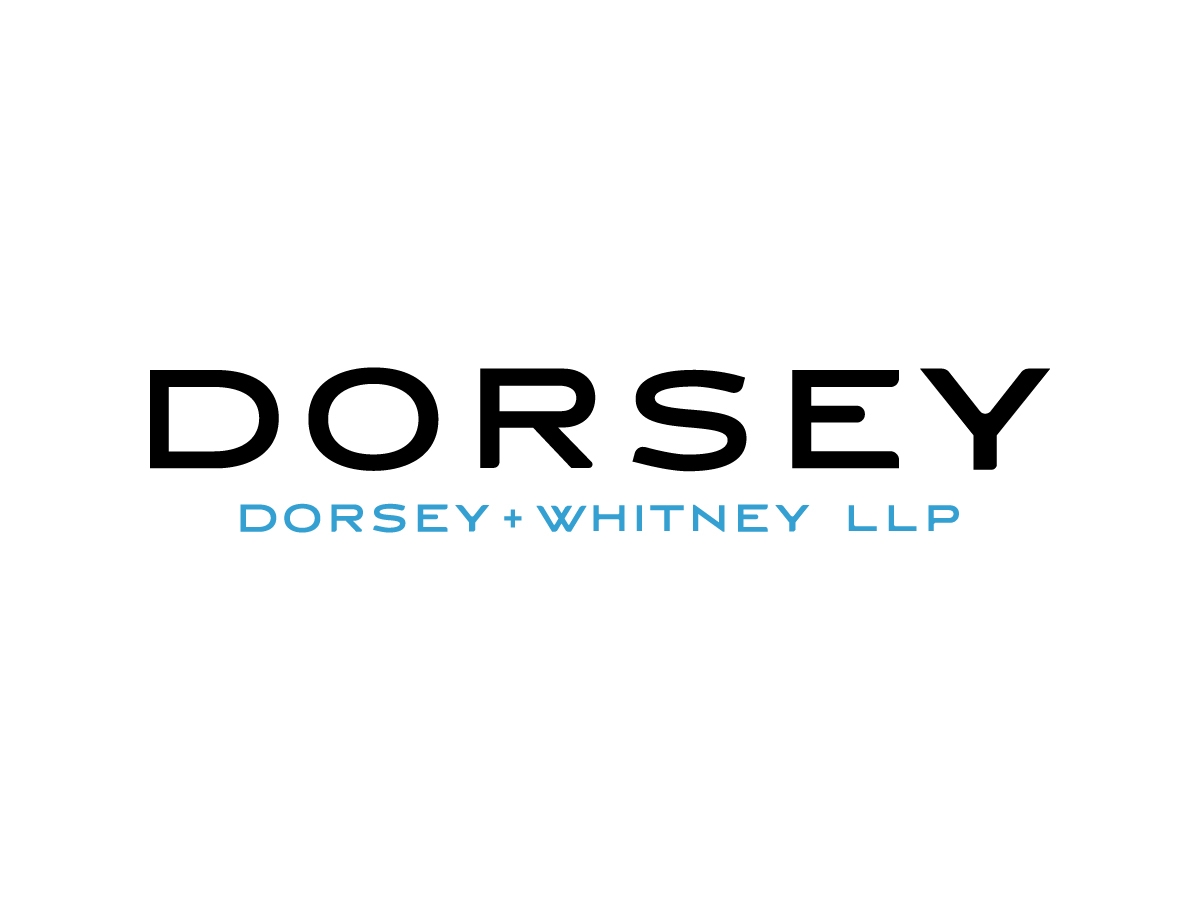
[co-author: Kaitlyn Nielson]
Artist Rights in Unauthorized Exhibitions
Recent unauthorized Banksy exhibits highlight the ongoing struggle of what obligations society owes to artists. While intellectual property laws primarily provide artists with economic protections and redress, what of artists who are less concerned with economic remedies and more concerned with the integrity of their works? The unauthorized use of Banksy’s works raises such questions and highlights the dilemma and limits of legal protections.
Banksy is a street artist who has built a career on covertness and intrigue. With a hidden identity, Banksy began producing street art in the 1990s in England, which has since extended to locations worldwide. Works like “Love is in the Air,” “Girl with Balloon” and “Bomb Hugger” are replete with social commentary and activism. Banksy has mastered the visual oxymoron—juxtaposing two images to make a statement. “Love is in the Air,” for example, depicts a masked man winding up to throw a flower bouquet where one might expect to see a grenade or Molotov cocktail. This subversion of visual and emotional norms has attracted much viewership and notoriety.
Banksy has sold prints at very democratic prices throughout his career. He has further lampooned the sky-high prices fetched on the secondary market for his works, famously causing a print of his iconic “Girl with Balloon” to shred upon purchase at auction. An act that, ironically, increased the value of the new work, retitled “Love is in the Bin”.
Banksy has also exhibited his works in bombastic shows like the chaotic 2003 London exhibit “Turf War,” which featured real painted animals, stencils on walls and originals in various media, all of which were displayed eclectically. The exhibit was held at a secret location, revealed shortly prior to opening, and closed early after the police responded to complaints. The exhibit also overcame at least some of Banksy’s anti-consumerism sentiment as it teamed with Puma for collaborative merchandise and sponsorship.
Despite allegedly viewing copyright as part of the capitalist system his art mocks, Banksy appears to care about fakes and, unsurprisingly, commercial use of his work. He created Pest Control to issue certificates for authentic works. The Pest Control website cheekily states:
Please do not use Banksy’s images for any commercial purpose, including launching a range of merchandise or tricking people into thinking something is made or endorsed by the artist when it isn’t. Saying “Banksy wrote copyright is for losers in his book” doesn’t give you free rein to misrepresent the artist and commit fraud.
Numerous groups have sought to bring Banksy’s work to more people. Some exhibitions feature only genuine Banksy pieces. Others, such as “The Art of Banksy: Without Limits,” consist primarily of unauthorized reproductions, many of which include modified versions of Banksy originals, and, of course, end in a gift shop. The Without Limits exhibit advertises itself as an “unauthorized exhibition” but also indicates that it features his art. Reports indicate that only about 34 of the 150 works on display are original, and the originals are not readily identifiable.
The modified works included in the Without Limits exhibit exchange the textured, colored city walls of Banksy’s originals for screen-printed or painted canvases. The exhibit’s works lack the texture and context of the buildings and city in which Banksy originally placed them, or the eclectic mix of one of his shows. The exhibit has also adapted works, for instance showing a depiction of “Love is in the Air” as a white sculpture holding red roses and sporting a black baseball cap. Additionally, it appears many works have been scaled down, colors have been changed, and duplicates of art have been lined in rows with minor color variations.
Does Banksy have recourse for decontextualizing his works and turning them into a curated and commercial experience? Can Banksy prevent modifications of his art in a fashion that eliminates key attributes of the original works? Banksy has decried the exhibit as a fake but has not yet taken legal action against unauthorized exhibits like Without Limits.
One might expect moral rights to offer some relief. The United States codified certain moral rights in the Visual Artists Rights Act (VARA) of 1990, trailing many other countries in recognizing such rights. VARA gives artists rights of attribution – allowing an artist to claim, or deny, ownership of their work – and rights of integrity – allowing artists to prevent others from distorting or destroying a work. Such rights are reserved to works of a certain caliber of art such as paintings, drawings, and sculptures. Banksy’s works would almost certainly be protected as we have reported, graffiti is protected art.
VARA protection, however, reaches only to original works or certain limited editions. Congress expressly excluded reproductions, depictions, and other portrayals from VARA claims. Thus, while defacing a Banksy mural would violate VARA, creating modified reproductions of his works and displaying them without permission does not, at least under US law.
Other branches of intellectual property law provide a host of other claims though. Copyright law gives authors control over who reproduces, displays, and distributes protected works. Perhaps more importantly, copyright allows authors the right to grant or withhold permission to create derivative works of – or to modify – an original. The right to prohibit modifications can be seen as an additional means to protect the integrity of an author’s works. As copyright infringement requires only that the infringer have access to the original work – admitted in the Without Limits case – and that one of the restricted actions be taken, it is clear the Without Limits exhibit has infringed Banksy’s rights.
The Without Limits exhibit may argue the fair use doctrine excuses their infringing reproductions, displays, distributions, and derivative works. Fair use protects certain unauthorized uses of works to protect free expression. To determine whether fair use applies, courts consider four factors: 1. The purpose and character of the use; 2. The nature of the copyrighted work; 3. How much of the copyrighted work is used; and 4. The effect of the use on the market or value of the copyrighted work.
The purpose and character factor is generally the most important. In the recent Warhol decision, the Supreme Court provided a two-part test to analyze whether the purpose and character of use is fair. First, how is the purpose and character of an unauthorized use different from the purpose of the original? Second, is the unauthorized use commercial or non-commercial? Where the unauthorized and original purposes are the same or quite similar and the unauthorized use is commercial, the first factor likely will weigh in favor of the copyright owner. The Without Limits exhibits are unquestionably commercial, so the purpose and character would be paramount. Without Limits has publicly commented their exhibits serve to make the scope of Banksy’s works available to the public, who would otherwise need to travel hundreds of miles to see the works. Their exhibits also educate the public about Banksy’s works and provide commentary on such works. Such arguments would likely hold sway for the exhibit as a whole. Further, exhibiting original works is protected under the first sale doctrine, which allows the owner of a tangible copy of a copyrighted work the ability to, among other things, display the work. Such arguments lose power when applied to the individual reproductions and modified works displayed in the exhibit and sold in the gift shop though. Those unauthorized works provide little to no commentary on Banksy or alternative purpose to the originals, other than to turn a profit. Accordingly, the first factor would favor Banksy as to the unauthorized reproductions.
The three remaining factors all likely favor Banksy too. Street art and pop art, as noted above, are generally valued, so the nature of the works would lend to protection. The Without Limits exhibits, and individual works, use the whole of many Banksy works and directly compete with Banksy’s exhibits and authorized sales, harming the market and value of his originals. Accordingly, it seems unlikely Without Limits would be able to excuse all copyright infringements as fair use.
And what of Without Limits calling the exhibit “The Art of Banksy” when most of the art is not actually his? Similar to copyright law, some unauthorized use is excused as “fair.” A mechanic can identify the brand of car on which services are performed, for instance. Fair use only applies to authentic products though. It does not excuse counterfeits.
Further, causing consumer confusion is the exact harm trademark laws seek to prevent and redress. Reviews of Without Limits exhibits in the United States question whether the works shown are real or fake, indicating at least some level of actual confusion. It should, therefore, be possible for Banksy, or Pest Control, which owns trademark registrations in the United States for BANKSY and images of several of his works, to make successful claims for trademark infringement against the exhibition as well as the gift shop items. Indeed, the exhibit appears ripe for false advertising and misrepresentation claims as well.
So why hasn’t Banksy taken any legal action? Most accounts conclude he has refrained from pursuing litigation to remain anonymous. In the United States, however, it may be possible to bring copyright claims under the Banksy pseudonym if the court decides the need for anonymity outweighs the public’s interest in identifying him. It is also possible Pest Control could bring copyright claims as the beneficial owner. Further, trademark rights are based on use, and Pest Control, as the owner of the registrations, could pursue claims. Accordingly, a desire for anonymity fails to explain his lack of action. Perhaps Banksy shirks the relief these laws offer as a rejection of the economic concerns the laws primarily protect. The laws, however, also offer injunctive relief – stopping the unauthorized or misrepresentative uses – which may appeal more to the principles Banksy purports to uphold. Or maybe he sees limiting exposure to his art (or interpretations of it) as antithetical to the messages he seeks to convey through the work.
This post was originally published on this site be sure to check out more of their content.


